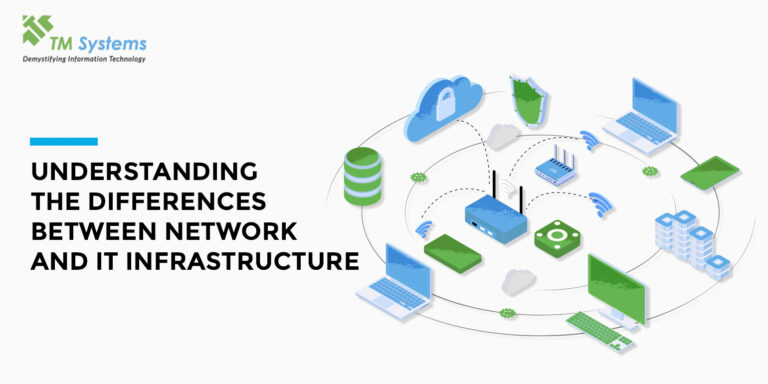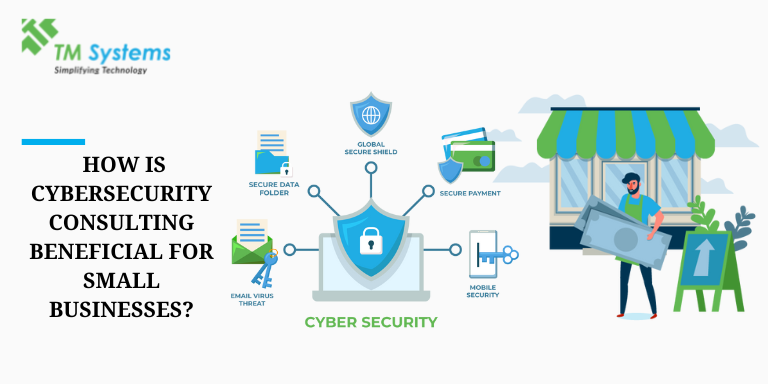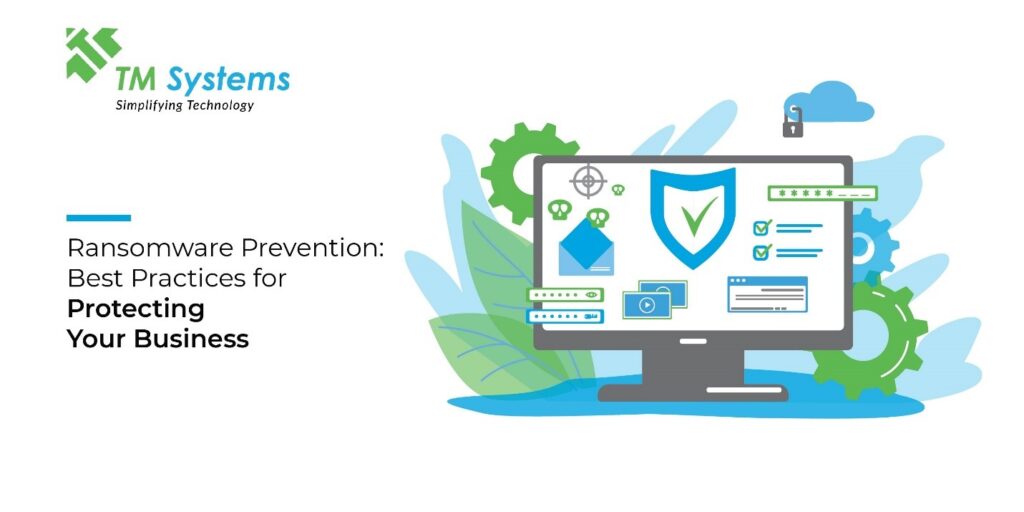
Understanding the Differences Between Network and IT Infrastructure

Understanding the Differences Between Network and IT Infrastructure
Network infrastructure and IT infrastructure are the building blocks of any kind of IT service that a company opts for. Both infrastructures provide the essential elements for having an efficient technological system and thereby, an efficient workflow.
Before we set out to understand the differences between the two, it’s important to understand them individually, first.
Network Infrastructure
All the elements that establish network communication and connectivity within a company comprise the network infrastructure. As a whole, network infrastructure enables operations, management and maintains internal and external connectivity.
IT Infrastructure
This refers to both the hardware and software components that help run a company’s operations. These operations can range from internal systems to external user (or client) based systems.
Now that both types are well understood, let us explore them in more detail and know the differences between the two. For any company that is hiring the expertise of an IT consultancy team, it is essential to understand these terms, what they mean, and what they stand for as they are what hold up the system that your company possibly runs on. If you’re still in the process of looking for an IT team, it is even more important to know these terms as you can then know whether they have expertise in one or both.
The differences between Network Infrastructure and IT infrastructure
Since we already know the function of both infrastructures, let us get into the details of what makes up these two infrastructures. Both, network and IT infrastructure comprise of software components and hardware components.
For network infrastructure, the software includes components such as an internet connection, operating systems, IP addressing, network security and firewall. Whereas, the hardware comprises components like LAN cards, routers, switches, cables, etc.
For IT infrastructure, the software includes elements like data management applications, customer relationship management software (CRM), applications that boost productivity, and operating systems. The hardware components include computers, storage and data centres, servers, computers, etc.
As one can see, there are some overlaps between the two and in fact, network infrastructure is an integral part of IT infrastructure. One cannot function without the other for an efficient system. However, network infrastructure is a part of the bigger and broader term of IT infrastructure that caters to a fully functional IT service.
A full IT service requires an infrastructure setup of both – network and IT infrastructure. You can get the same diverse range of IT services from TM systems, check out our website here.




